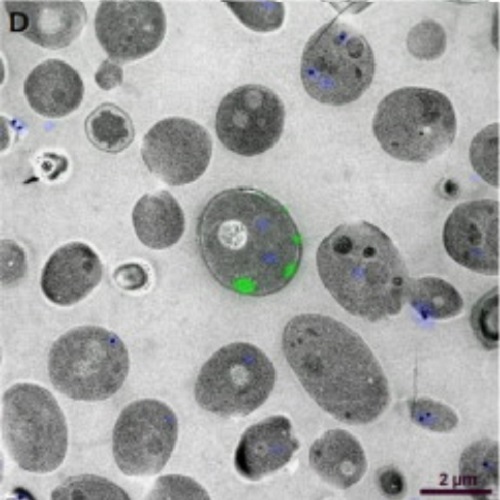Fluorescing the electron: strategies in correlative experimental design.
Correlative light and electron microscopy (CLEM) encompasses a growing number of imaging techniques aiming to combine the benefits of light microscopy, which allows routine labeling of molecules and live-cell imaging of fluorescently tagged proteins with the resolution and ultrastructural detail provided by electron microscopy (EM). Here we review three different strategies that are commonly used in CLEM and we illustrate each approach with one detailed example of their application. The focus is on different options for sample preparation with their respective benefits as well as on the imaging workflows that can be used. The three strategies cover: (1) the combination of live-cell imaging with the high resolution of EM (time-resolved CLEM), (2) the need to identify a fluorescent cell of interest for further exploration by EM (cell sorting), and (3) the subcellular correlation of a fluorescent feature in a cell with its associated ultrastructural features (spatial CLEM). Finally, we discuss future directions for CLEM exploring the possibilities for combining super-resolution microscopy with EM.

- Methods Cell Biol. 2014;124:23-54
- 2014
- Imaging Technologies Development
- 25287835
- PubMed
Enabled by:
